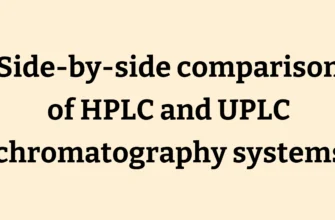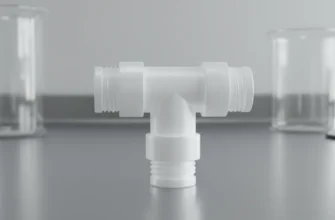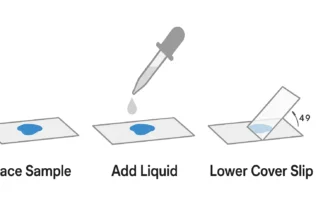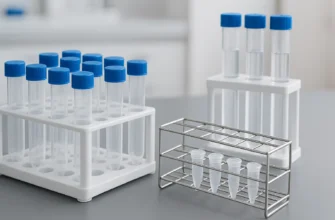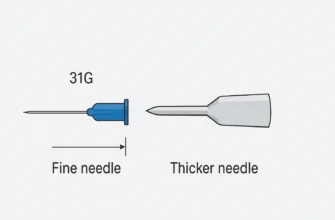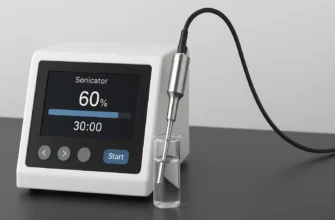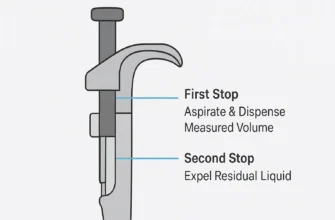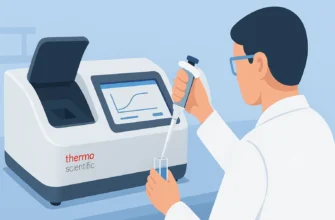The Burette: A Practical Guide to Its Function and Uses in the Lab
A burette is a cornerstone of precision in laboratory titration and volumetric analysis, enabling controlled dispensing for highly accurate results. This comprehensive guide addresses every aspect you need for top-ranking SERP content on burette use, parts, differences, measurement, and modern developments.
1. What is a burette?
A burette is a long, graduated glass (or plastic) tube with a stopcock (valve) at the bottom, designed to accurately dispense measured liquid volumes. This tool is indispensable for volumetric analysis in analytical chemistry – especially titration, where precision directly influences experimental outcomes. Unlike cylinders, a burette’s graduations run from the top (zero) downwards, so the difference between the initial and final readings corresponds to the amount dispensed.
Precision is everything: The burette’s design ensures errors are minimized, crucial for calculating solution concentrations in research, quality control, and education.
2. The Core Function: How a burette works
The fundamental principle of a burette is dispensing liquid in controlled, measurable volumes. During titration, the burette’s stopcock valve allows for steady or dropwise release, letting chemists add reagent slowly until the reaction’s endpoint is reached. The controlled delivery makes burettes essential for quantitative chemical analyses, where minute discrepancies can affect results.
Why precision matters: In titrations – used to determine the concentration of a substance – a burette’s accuracy ensures results are not only repeatable but scientifically reliable.
3. Parts of a burette and what they do
- Barrel: The main graduated tube holding the liquid.
- Stopcock: Valve at the bottom for precise control of liquid flow. Materials include glass or PTFE (Teflon) – glass for acids, PTFE for bases or aggressive chemicals.
- Tip: Delivers liquid to the reaction vessel, designed for smooth flow.
- Scale/Graduations: Markings along the tube, usually every 0.1 mL, letting users estimate volumes to ±0.05 mL.
- Clamp and Stand: Specialized burette clamps secure the instrument vertically on a ring stand, eliminating vibration and movement for stability – crucial for accuracy.
- Other features (digital models): Digital display, electronic controls, piston mechanisms, adapter fittings (modern e-burettes).
4. Acid burette vs. base burette: Is there a difference?
There’s no fundamental design difference between acid and base burettes; classification refers to content, not construction. The real distinction is chemical compatibility:
- Glass stopcock: Used for dispensing acids, as glass resists corrosion.
- PTFE stopcock: Preferred for bases and aggressive reagents – PTFE resists chemical attack and delivers durability.
Selecting the right stopcock minimizes leakage, freeze-up, and long-term wear. Always ensure compatibility between the titrant and burette materials for reliable outcomes.
5. How to read a burette correctly
Accuracy depends on reading the liquid’s meniscus at eye level to avoid parallax error:
- Position yourself at eye level with the bottom of the meniscus (the curved liquid surface).
- Record the reading at the lowest point of the meniscus for water and most aqueous solutions. For mercury, use the top of the meniscus.
- Estimate to 0.01 mL if possible, splitting minor graduations mentally.
- Place a contrast card (or dark paper) behind the burette for clearer meniscus visualization.
Avoiding parallax error: Do not read from above or below – the scale may appear shifted, leading to incorrect results. Always use a stable, vertical setup.
6. A step-by-step guide to using a burette in titration
- Preparation and cleaning: Rinse with distilled water, then with the titrant solution to condition the barrel.
- Mounting: Secure the burette vertically using a high-stability clamp and stand.
- Filling: Use a funnel; fill slightly above zero, remove air bubbles by briefly opening the stopcock so liquid flows through the tip.
- Initial reading: After eliminating bubbles, record the initial meniscus at eye level.
- Titration procedure: Dispense the titrant slowly, especially near the endpoint, recording final volume after reaction completion.
- Calculation: Subtract initial from final readings to determine the dispensed volume.
7. Types of burettes: From classic to digital
Volumetric (Glass) burette: The traditional workhorse; glass body, manual stopcock, precise graduations. Still favored for most analytical purposes.
Digital burette: Features a piston mechanism and digital volume display. Reduces human error – ideal for automation and record-keeping; accuracy further improved with electronic models featuring motor-controlled dispensing and onboard calibration settings.
Gas burette: Used to measure dispensed volumes of gases, distinct stopcock placement.
8. Burette vs. pipette: Choosing the right tool
| Feature | Burette | Pipette |
|---|---|---|
| Primary Use | Dispensing variable volumes (titration) | Transferring fixed/specific volumes |
| Mechanism | Graduated tube, stopcock for flow control | Suction/vacuum, marked single volume |
| Volume Range | 10–100 mL (variable) | 1–25 mL (fixed or variable) |
| Precision | ±0.05–0.10 mL | ±0.005–0.08 mL |
| Best For | Quantitative analysis, titration | Preparation, sample measurement |
9. Essential care: Cleaning, storage, and calibration
- Cleaning: Rinse with appropriate detergent, then lab water, finishing with deionized water. Remove residues using burette brushes; avoid harsh friction that can scratch glass.
- Storage: Keep burettes dry, dust-free, and upright in a stand or case. PTFE or rubber stoppers should not be stored tightly to prevent expansion or breakage.
- Calibration: Required every 3–6 months or after extensive use – compare dispensed volumes to weighed water, adjust for density, and record results. Follow regulatory standards (ISO, FDA, ASTM) and lab SOPs for traceability.
10. Frequently asked questions
What is the main use of a burette in chemistry?
Primarily for dispensing precise liquid volumes during titration procedures to calculate solution concentrations.
What is the typical capacity of a burette?
Common capacities are 10 mL, 25 mL, 50 mL, and 100 mL – with 50 mL being most standard for routine titrations.
How do I choose between a glass and a digital burette?
-
Choose glass for classic manual control and compatibility. PTFE stopcocks are preferred for bases and aggressive chemicals.
-
Choose digital/electronic burettes for advanced automation, error reduction, and data management – especially valuable in regulated industries or when performing repetitive titrations.
By mastering the details, correct techniques, and ongoing care for burettes, chemists ensure the highest accuracy – transforming this classic tool into the linchpin of reliable laboratory results and scientific progress.


